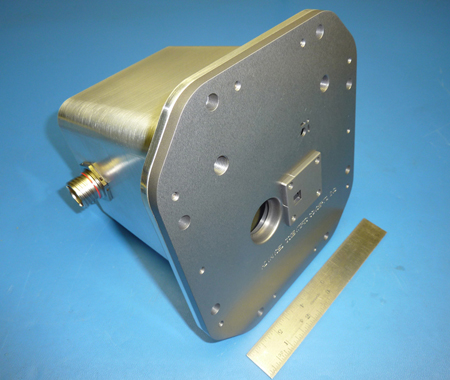 Autonomous aerial refueling (AAR) is an important capability for an unmanned aircraft system (UAS) to have, enabling it’s flying range and endurance to be increased without increasing its size.
Autonomous aerial refueling (AAR) is an important capability for an unmanned aircraft system (UAS) to have, enabling it’s flying range and endurance to be increased without increasing its size.
Commonly, the US Navy uses what is known as the probe-and-drogue method for refueling. Here, a tanker aircraft releases a long flexible hose that trails behind and below the tanker. At the end of the hose is a cone-shaped component known as a drogue. The aircraft that needs to refuel extends a device called a probe into the drogue after which the refueling process takes place.
Now, researchers at Advanced Scientific Concepts (Santa Barbara, CA, USA) have proposed using a novel tracking method to establish the relative position and orientation between such a UAV and the drogue carried by a refueling aircraft.
The system requires the use of both 2-D intensity and 3-D point-cloud data acquired with a 3-D Flash Lidar sensor. Unlike classic, vision-based sensors, the 3-D Flash Lidar sensor can provide 3-D point-cloud data in real time without motion blur, in the day or at night, and is also capable of imaging through fog and clouds.
The proposed method segments out the drogue through 2D analysis and estimates the center of the drogue from 3D point-cloud data for flight trajectory determination.
A technical article entitled” Drogue Tracking Using 3D Flash LIDAR for Autonomous Aerial Refueling,” by Chao-I Chen and Roger Stettner — which describes the concept and experimental results — can be downloaded from the Advanced Scientific Concepts web site here.
Photo: DragonEye 3D Flash LIDAR Space Camera – Advanced Scientific Concepts
Source: Vision Systems
